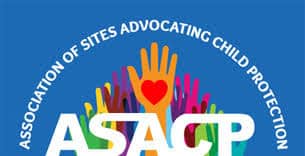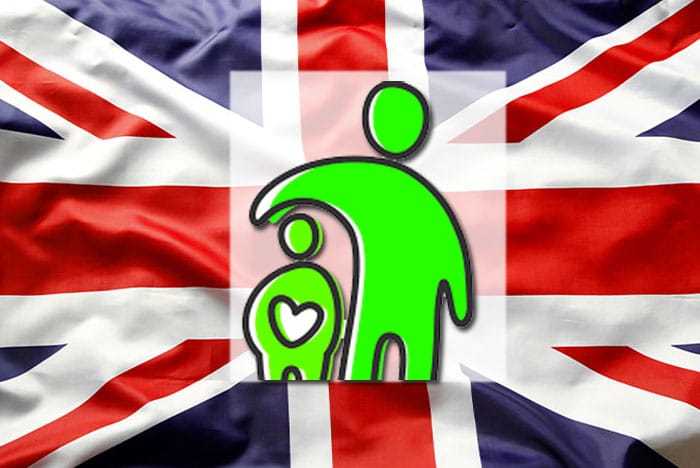The UK government is taking a major step toward making the internet safer for everyone, especially children. This week, Peter Kyle, Secretary of State for Science, Innovation, and Technology, shared a draft of the government’s plans for implementing the Online Safety Act (OSA), set to take effect in spring 2025. One of the standout priorities? Requiring companies to use age verification technologies to better protect young users from harmful online content.
A Clear Commitment to Protecting Young Users
The new Statement of Strategic Priorities (SSP) emphasizes that companies must take responsibility for keeping harmful content out of reach of children. The draft highlights the importance of leveraging existing technologies to verify users’ ages effectively.
“Services should use the technologies already available to identify child users and ensure they cannot access harmful content on their platforms,” the SSP states. It adds that age verification should be applied “consistently, effectively, and fairly” across all users, regardless of their background.
This effort is part of a broader push to make the internet a safer, more positive space while ensuring users’ rights and freedoms are respected.
The Role of Ofcom
The SSP is designed to serve as a guide for Ofcom, the UK’s communications regulator, which will oversee the enforcement of the OSA. Once the law comes into effect in 2025, Ofcom will be responsible for monitoring progress and ensuring companies comply with the new regulations.
Input from Experts and Organizations
Before the SSP is finalized, the government plans to consult with online safety experts and relevant organizations to refine the priorities further. These consultations aim to ensure the framework is both effective and fair.

ASACP is known for its Restricted To Adults (RTA) labeling initiative, a free service that helps website operators tag their content to warn filtering tools and ensure children are kept away from age-inappropriate material. The organization also provides educational resources and guidance for website operators on how to implement child safety measures while complying with legal standards.
The work of groups like ASACP highlights the importance of involving industry stakeholders and child protection advocates to create practical, actionable solutions that benefit everyone.
Why This Matters
With more young people online than ever before, the risks they face—exposure to harmful content, cyberbullying, and inappropriate material—continue to grow. Governments and organizations like ASACP are united in the belief that robust tools, such as age verification technologies, are critical to reducing these risks.
However, implementing such measures comes with challenges. Privacy advocates have raised concerns about how these technologies could infringe on user rights if not deployed carefully. Striking the right balance between protecting vulnerable users and safeguarding individual privacy will be a key challenge for regulators and companies alike.
What Happens Next?
The next steps will involve gathering feedback from stakeholders, experts, and organizations to fine-tune the SSP before it is submitted to Parliament for approval. If implemented effectively, the Online Safety Act could set a new global standard for how countries protect children in the digital age.
The success of these measures will ultimately depend on collaboration between governments, regulators, advocacy groups, and the tech industry. By working together, they can ensure that the internet becomes a safer, more positive space for everyone—especially its youngest users.










